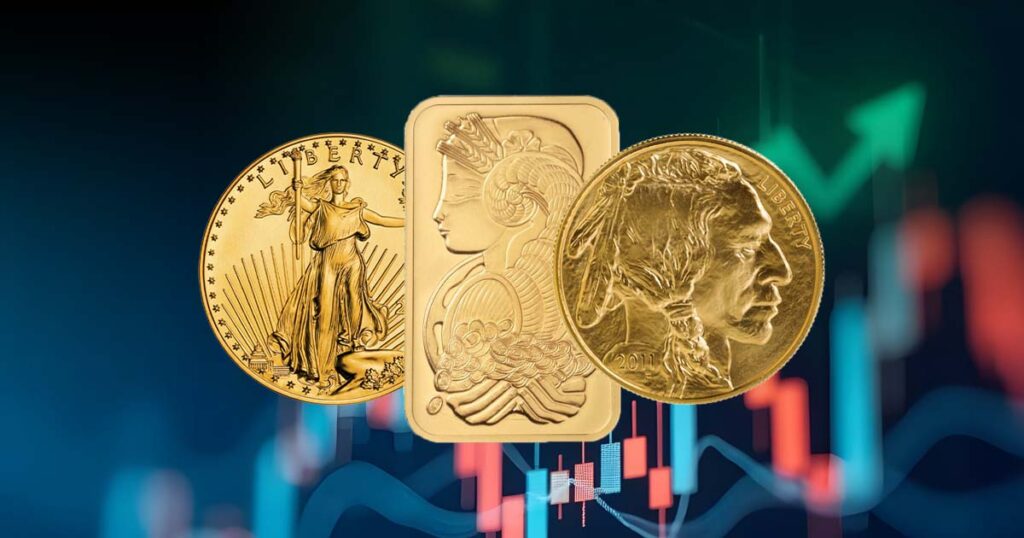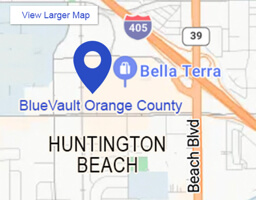
Investing in precious metals, such as gold and silver, has long been a favored strategy for individuals seeking to diversify their portfolios or hedge against inflation. Central to understanding the value of these commodities is the concept of the “spot price.” But what exactly is the spot price, and how does it influence the costs you encounter when buying gold and silver coins or bars? Let’s delve into the fundamentals of spot pricing and how it works in the context of precious metals trading.
What Are Precious Metals and How Are They Traded?
Precious metals, including gold, silver, platinum, and palladium, are classified as commodities. Commodities are raw materials or primary products that can be bought, sold, and traded on global markets. They are typically valued by weight, with gold and silver often measured in “troy ounces.” Unlike manufactured goods, commodities such as precious metals derive their value from their scarcity, utility, and the demand for them in various industries, including jewelry, electronics, and finance.
Trading precious metals occurs on global commodities exchanges, such as the New York Mercantile Exchange (NYMEX), London Metal Exchange (LME), and Shanghai Gold Exchange (SGE). Since the trading hours of these exchanges overlap, it means buying and selling continues almost continuously around the clock ensuring prices remain dynamic and responsive to market conditions.
What Is a Troy Ounce?
Understanding the term “troy ounce” is essential when discussing precious metals. A troy ounce differs from the standard ounce used in everyday measurements. While a standard ounce equals 28.35 grams, a troy ounce equals approximately 31.1 grams. This measurement system has been used for centuries in precious metal trading and remains the global standard today.
How Is the Spot Price Determined?
The spot price represents the current market value of a commodity, such as gold or silver, for immediate purchase and delivery – in the same way crude oil is priced per barrel. It is determined by averaging the most recent transactions on global commodities exchanges. These transactions include futures contracts, which are agreements to buy or sell a commodity at a predetermined price and date. The spot price is essentially the equilibrium point where supply meets demand at any given moment.
Because precious metals markets operate globally and almost continuously, the spot price fluctuates 24/7. Factors influencing the spot price include economic data, geopolitical events, currency fluctuations, and changes in supply and demand. For instance, rising inflation often drives investors to seek gold as a hedge, increasing demand and, consequently, the spot price.
Spot Price vs. Dealer Premium: What You Pay for Precious Metals
While the spot price serves as the baseline for valuing precious metals, it is not the final price a consumer pays. Dealers add a markup, known as a premium, to cover costs such as refining, minting, transportation, and profit margins. The premium varies based on factors like the type of product (e.g., coins or bars), its weight, rarity, and market demand.
For instance, a widely recognized product like the 1oz American Gold Eagle, produced by the U.S. Mint at West Point, often carries a higher premium than a generic gold bar of the same weight due to its brand reputation and minting pedigree. In contrast, silver products typically have higher percentage premiums than gold because of their lower spot price, which makes production and distribution costs relatively more significant in comparison to their overall value.
This difference is further influenced by the value-to-weight ratio of silver versus gold. A smaller quantity of gold by weight holds significantly more value than a larger quantity of silver, leading to disparities in pricing dynamics. These factors collectively shape the final price a consumer pays when purchasing precious metals.
Where to Find Spot Prices
Accessing up-to-date spot prices is crucial for informed buying and selling decisions. Many financial platforms, such as Bloomberg, Reuters, and CNBC, provide live spot price feeds. At BlueVault, we also offer a transparent, live spot price feed on our website https://www.bluevaultsecure.com/gold-bars-and-coins.php. This ensures our customers can monitor the market in real-time and make confident purchasing decisions. Additionally, BlueVault prides itself on offering the most competitive pricing in the local market, with minimal premiums over spot prices.
The Spot Price Index and Its Influence on Precious Metals
The spot price index is a benchmark that reflects the average spot prices of a commodity over a specific period. It helps traders and investors understand market trends and make strategic decisions. For instance, if the spot price index for gold shows an upward trend over several months, it may indicate growing demand or reduced supply, signaling a potential opportunity for investment.
Index pricing also affects precious metals indirectly by influencing market sentiment. For example, positive economic indicators may reduce demand for safe-haven assets like gold, leading to a decline in the spot price. Conversely, during periods of uncertainty or market volatility, the spot price index often rises as investors flock to precious metals.
How Spot Price Impacts Buying and Selling Decisions
For both beginner and intermediate investors, understanding the spot price is key to making informed decisions. Whether you’re purchasing gold coins, silver bars, or other precious metal products, the spot price provides a baseline for evaluating fair pricing. Savvy investors monitor spot prices to identify favorable buying opportunities during market dips or to lock in gains by selling during price surges.
At BlueVault, we ensure that our pricing remains transparent and competitive. Our walk-away price, which includes the spot price and our low premium, is consistently the best in the local market. This commitment to fairness and affordability empowers our customers to maximize their investment potential.
The Role of Spot Price in Precious Metal Investing
The spot price serves as a cornerstone of the precious metals market, providing a real-time snapshot of value based on current market activity. While it forms the foundation for pricing, additional factors such as dealer premiums, market trends, and geopolitical events play a crucial role in determining what you’ll pay or receive when trading gold and silver.
By staying informed about spot prices and understanding how they influence the market, investors can navigate the complexities of precious metal trading with confidence. At BlueVault, we’re dedicated to providing the tools and resources you need to make sound investment decisions by publishing live spot price feed and transparent up-to-the-moment spot prices with markups to offer you the most competitive pricing. And our staff is happy to clarify any questions you may have. BlueVault buys and sells the most popular and most traded gold and silver coins and bars. We aim to be your trusted partner in precious metal investing.
For more information on BlueVault LLC’s precious metal products and storage options, visit our website https://www.bluevaultsecure.com/ or one of our locations in San Diego, Orange County, and Dallas which is opening soon. You can also call us in San Diego at 619-342-8090, Orange County at 714-485-0210, or Dallas at 214-831-4750.
References:
- Bloomberg. (n.d.). Gold Spot Price.
- Reuters. (n.d.). Commodities News and Spot Prices.
- Forbes. (n.d.). Understanding Precious Metals.
- Yahoo Finance. (n.d.). Live Gold and Silver Spot Prices.
- Motley Fool. (n.d.). How Precious Metals Are Traded.
BlueVault Management, LLC is not a Registered Investment Advisor, Broker/Dealer, Financial Analyst, Financial Bank, Securities Broker, or Financial Planner. The information in this article is provided for information purposes only. The Information is not intended to be and does not constitute financial advice or any other advice that is general in nature and is not specific to you. Before using BlueVault’s information to make an investment decision, you should seek the advice of a qualified and registered securities professional and undertake your own due diligence. None of the information in this article is intended as investment advice, as an offer or solicitation of an offer to buy or sell, or as a recommendation, endorsement, or sponsorship of any security, company, or fund. BlueVault is not responsible for any investment decision you make. You are responsible for your own investment research and investment decisions.





